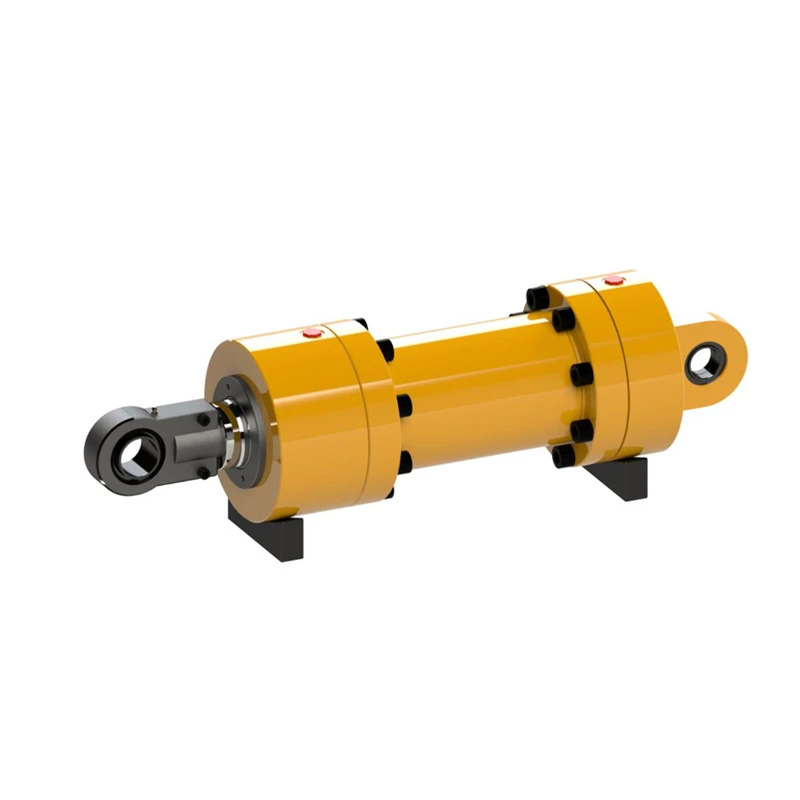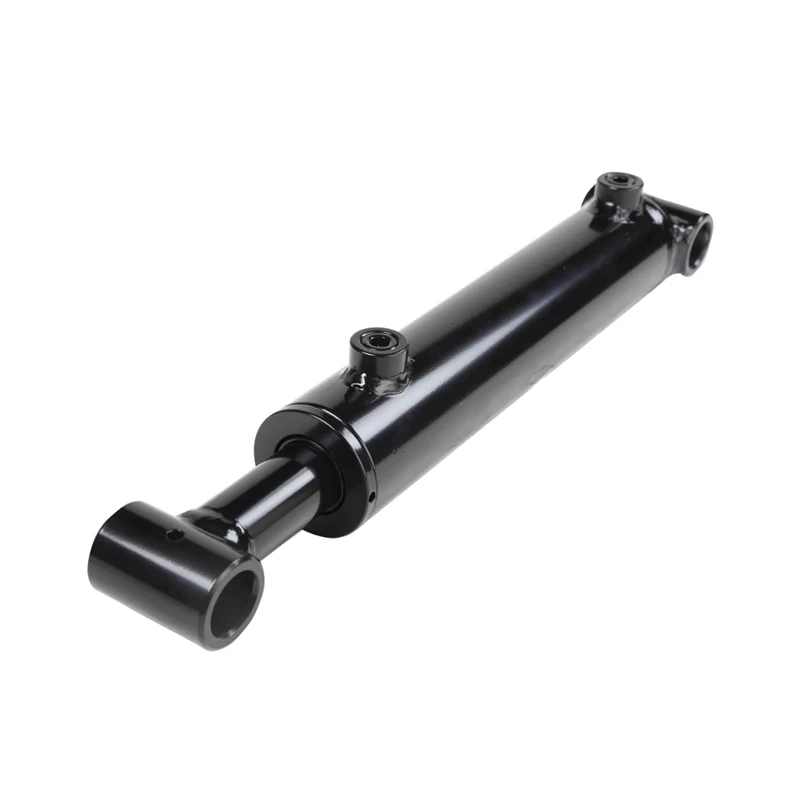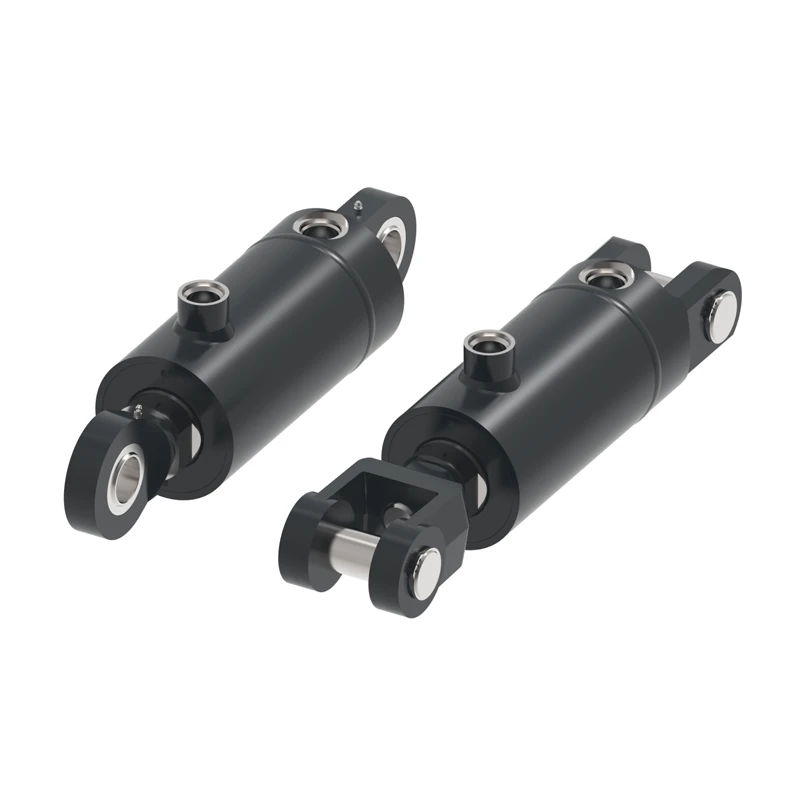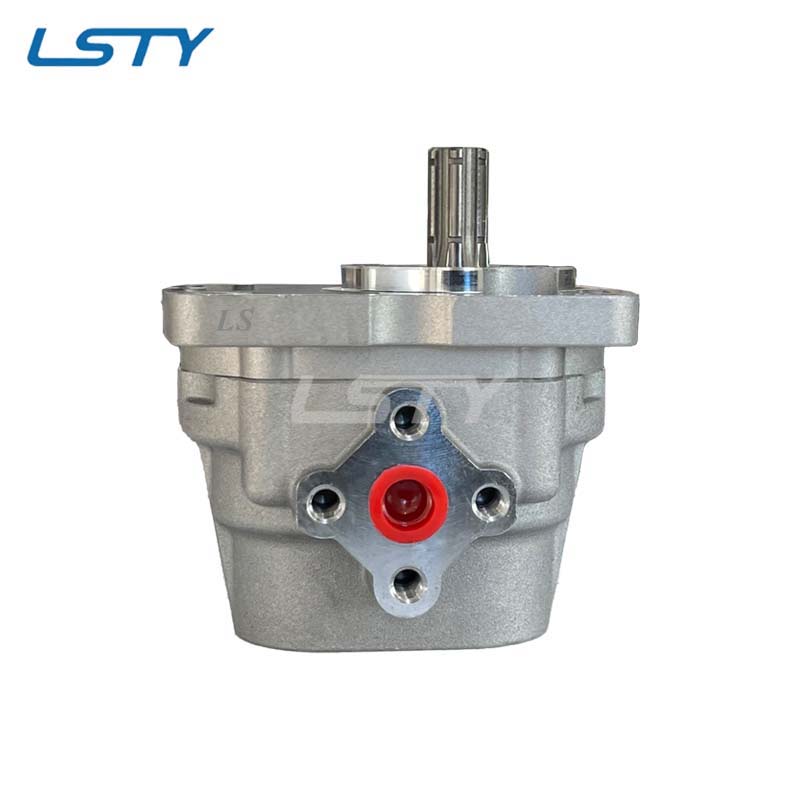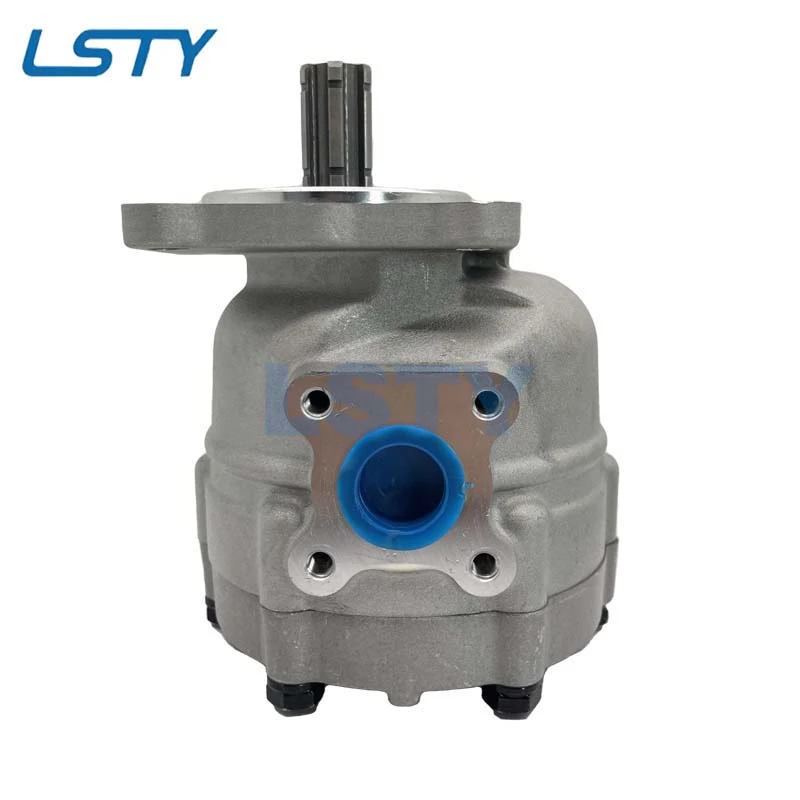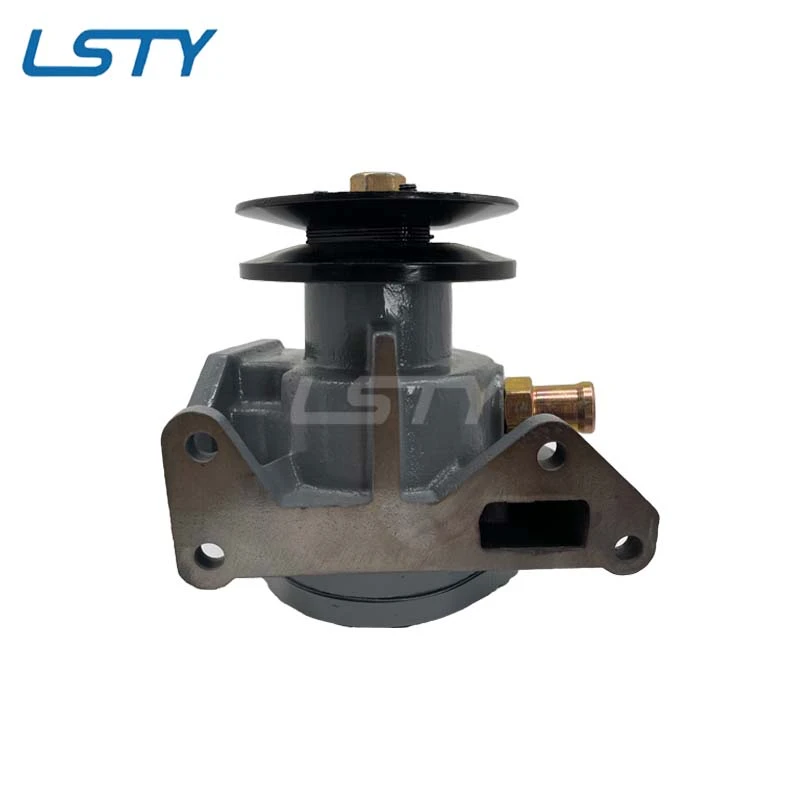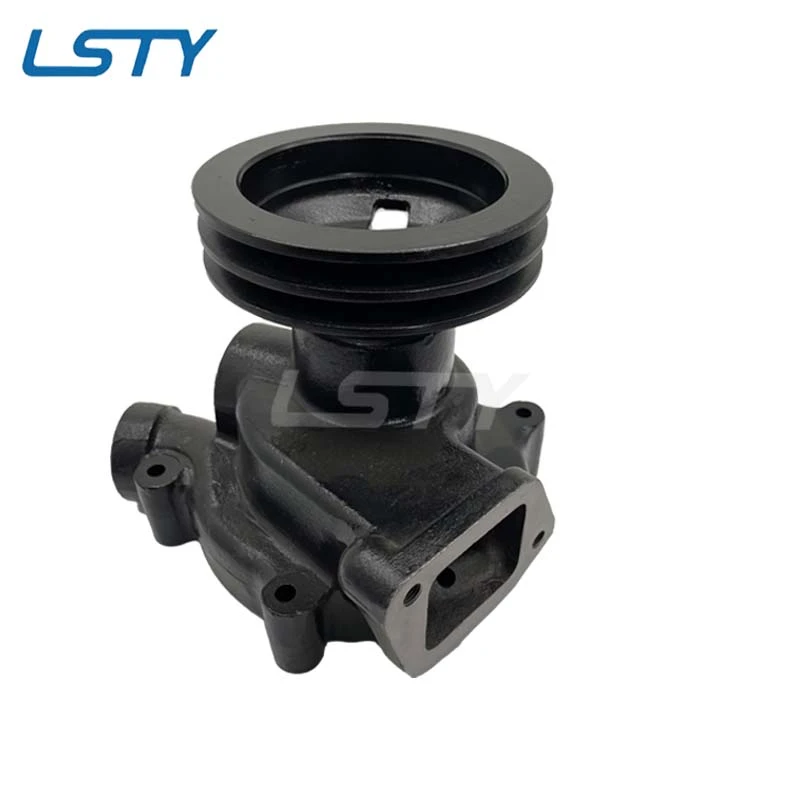In the dynamic landscape of fluid power technology, directional control valves stand as pivotal components, steering the flow of hydraulic and pneumatic fluids to ensure the seamless operation of diverse machinery. As industries evolve and technological advancements accelerate, the future of these valves is brimming with exciting possibilities. This article delves into the emerging trends that are set to redefine the role and capabilities of directional control valves, air directional control valves, and solenoid directional control valves.
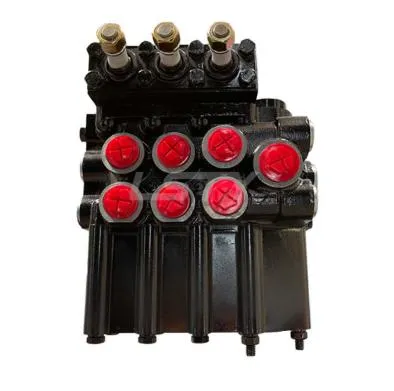
Technological Advancements in Directional Control Valves
The future of directional control valves is being shaped by rapid technological progress. One significant trend is the integration of smart technologies. These valves are increasingly being equipped with sensors and communication interfaces, enabling real - time monitoring of parameters such as pressure, flow rate, and temperature. This data can be used to optimize system performance, predict maintenance needs, and enhance overall efficiency. For instance, smart directional control valves can automatically adjust their settings based on the changing requirements of the machinery, reducing energy consumption and wear.
Another technological leap is in materials science. Advanced materials are being developed to improve the durability, corrosion resistance, and performance of directional control valves. These materials can withstand harsh operating conditions, extend the valve's lifespan, and minimize the need for frequent replacements. Additionally, the use of 3D printing technology is enabling more complex and customized valve designs, tailored to the specific needs of different applications.
The Rise of Air Directional Control Valves
Air directional control valves are witnessing a surge in popularity, especially in industries where compressed air is the preferred power source. One of the key future trends for these valves is miniaturization. As equipment becomes more compact and portable, there is a growing demand for smaller, yet highly efficient air directional control valves. These miniature valves can be integrated into tight spaces without sacrificing performance, making them ideal for applications in robotics, medical devices, and aerospace.
Furthermore, energy - efficiency is a major focus for air directional control valves. New designs are being developed to reduce air leakage and improve the valve's overall efficiency. This not only helps in conserving energy but also reduces operating costs for industries. For example, some air directional control valves now feature advanced sealing technologies that prevent air from escaping, ensuring maximum utilization of compressed air.
Solenoid Directional Control Valves: Precision and Automation
Solenoid directional control valves are at the forefront of the automation revolution. Their ability to provide precise control over fluid flow, combined with rapid response times, makes them indispensable in modern automated systems. In the future, we can expect to see even more precise solenoid valves, capable of handling extremely small flow rates with high accuracy. This will open up new possibilities in industries such as microfluidics, where minute amounts of fluid need to be controlled with utmost precision.
Automation is also driving the development of solenoid directional control valves. These valves are increasingly being integrated with programmable logic controllers (PLCs) and other automation systems, allowing for seamless operation and complex control sequences. This integration enables industries to achieve higher levels of productivity, reduce human error, and improve the quality of their products.
FAQs About Directional Control Valves
What are the main advantages of directional control valves?
Directional control valves offer several key advantages. They provide precise control over the flow direction of hydraulic and pneumatic fluids, ensuring that machinery operates as intended. This precision leads to improved performance, increased efficiency, and enhanced safety. Additionally, these valves can be used to regulate the speed and force of actuators, making them versatile components in a wide range of applications.
How do air directional control valves benefit industries?
Air directional control valves are highly beneficial for industries that rely on compressed air. They are relatively inexpensive, easy to install and maintain, and offer quick response times. Their energy - efficient designs help in reducing operational costs, and their miniaturization allows for integration into compact equipment. Moreover, they can operate in a variety of environmental conditions, making them suitable for diverse industrial settings.
What makes solenoid directional control valves stand out?
Solenoid directional control valves stand out due to their ability to provide precise and rapid control. They can be easily automated, allowing for complex control sequences in automated systems. Their high - accuracy operation is crucial in applications where minute adjustments in fluid flow can have a significant impact on the overall performance of the machinery. Additionally, they have a long lifespan and require minimal maintenance, making them a cost - effective choice.
Can directional control valves be customized for specific applications?
Yes, directional control valves can be customized. With the use of advanced manufacturing techniques such as 3D printing and the expertise of dedicated R&D teams, valves can be designed to meet the unique requirements of different applications. Whether it's adjusting the flow capacity, pressure rating, or the type of actuation, customized directional control valves can be created to fit seamlessly into specific systems.
How do directional control valves contribute to cost - savings in the long run?
Directional control valves contribute to long - term cost - savings in multiple ways. Their precision control reduces energy waste, as the system operates more efficiently. Their durability and reliability mean fewer breakdowns and less frequent replacements, reducing maintenance and replacement costs. Additionally, their ability to enhance the performance of machinery can lead to increased productivity, which ultimately results in higher profits for industries.
-
Tandem Hydraulic Pump for Multi - Function SystemsАхборJul.16,2025
-
Selecting The Right Hydraulic Motor TypeАхборJul.16,2025
-
How Air Directional Control Valves Power Your Pneumatic WorldАхборJul.16,2025
-
Engine Cooling Pump Bearing Noise CausesАхборJul.16,2025
-
Double-Ended Hydraulic Cylinder in Steel Rolling MillsАхборJul.16,2025
-
Design Optimization for Efficient Metal CastingsАхборJul.16,2025
-
Unveiling the Power and Precision of Hydraulic CylindersАхборJul.16,2025








